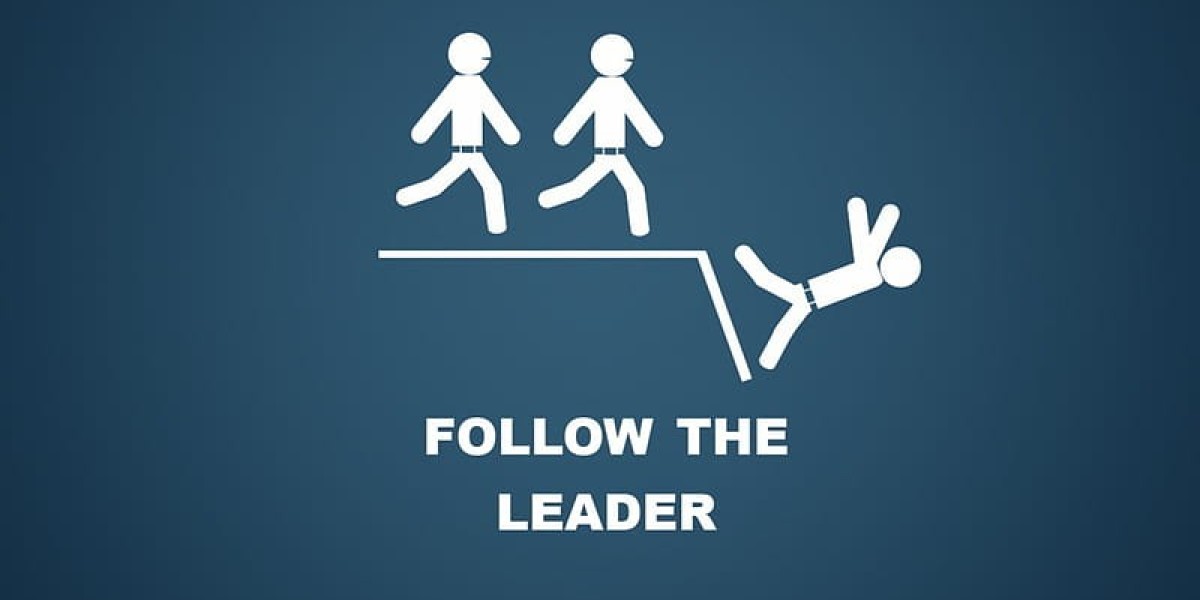Introduction: The Complex Landscape of Leadership Today
In an increasingly volatile and interconnected world, leadership is more demanding than ever before. From corporate boardrooms to grassroots movements, leaders face a wide range of internal and external pressures that test their skills, integrity, and decision-making abilities. Leadership issues have evolved from simple management concerns to complex social, emotional, and strategic dilemmas.
Today’s leaders must not only drive performance but also inspire trust, manage crises, navigate change, and champion diversity—all while maintaining transparency and accountability. The ability to handle these leadership issues effectively separates average managers from truly transformational leaders.
1. Lack of Vision and Strategic Direction
A common yet critical leadership issue is unclear vision and a lack of strategic direction. Without a compelling and coherent roadmap, teams lose motivation and alignment, leading to stagnation or disorganization.
Symptoms:
Confused goals and priorities
Low team morale and disengagement
Poor decision-making under pressure
Solution:
Successful leaders must craft and communicate a future-oriented vision—one that energizes people and provides context for daily tasks. Regular strategy reviews and team alignment sessions are key to staying on course.
2. Poor Communication
Ineffective communication is one of the most common and damaging leadership problems. It leads to misunderstandings, low productivity, and frustration within teams.
Common Issues:
Leaders not listening to team feedback
Ambiguous messaging around goals and expectations
Lack of timely updates or transparency
Solution:
Leaders must adopt clear, concise, and empathetic communication practices. This includes active listening, consistent messaging, and creating safe spaces for open dialogue. Transparent leadership builds trust and loyalty.
3. Resistance to Change
Many leaders struggle with managing organizational change, especially when teams are resistant or fearful. In a fast-paced world, change is inevitable—but poor change management can derail progress.
Why It Happens:
Fear of the unknown
Inadequate change communication
Failure to involve employees in the process
Solution:
Change must be led with empathy, clarity, and conviction. Leaders should explain the reasons for change, address concerns openly, and involve stakeholders at all levels. Inclusive change leadership increases buy-in and reduces friction.
4. Micromanagement and Lack of Trust
Micromanagement signals a lack of trust in team members’ capabilities. It stifles creativity, undermines confidence, and creates toxic work environments.
Negative Effects:
Employee burnout
Poor morale and high turnover
Bottlenecked decision-making
Solution:
Empowerment is key. Successful leaders delegate authority, not just tasks. Trusting teams to execute independently fosters ownership, innovation, and growth.
5. Ethical Dilemmas and Integrity Gaps
In today’s transparent world, ethical leadership is non-negotiable. Yet many leaders face dilemmas that test their integrity—from financial transparency to inclusive hiring practices.
Risks of Poor Ethics:
Legal consequences
Brand reputation damage
Loss of stakeholder trust
Solution:
Values-based leadership is essential. Leaders must create and enforce ethical frameworks that guide decisions. Leading by example and encouraging whistleblowing when necessary reinforces a culture of integrity.
6. Inability to Handle Conflict
Conflict is inevitable in any team—but how a leader handles it can make or break team dynamics. Ignoring conflict allows resentment to fester, while aggressive tactics can escalate tension.
Common Leadership Mistakes:
Avoiding difficult conversations
Taking sides prematurely
Reacting emotionally rather than thoughtfully
Solution:
Great leaders approach conflict with emotional intelligence and objectivity. They listen actively, facilitate open communication, and aim for win-win resolutions. Healthy conflict, when managed properly, drives innovation and team cohesion.
7. Lack of Adaptability
The digital era demands flexible, fast-responding leadership. Leaders who cling to outdated methods or resist innovation quickly lose relevance.
Signs of Rigidity:
Reluctance to adopt new technologies
Ignoring market or industry shifts
Dismissing younger employees’ ideas
Solution:
Agility and lifelong learning must be part of every leader’s toolkit. Staying informed, being willing to pivot, and remaining open to diverse perspectives ensure long-term effectiveness.
8. Inadequate Development of Future Leaders
Another leadership issue that hinders growth is the failure to nurture future leadership talent. Many organizations lack succession plans or leadership training programs.
Consequences:
Leadership gaps during transitions
High dependency on a few key individuals
Limited innovation from fresh thinkers
Solution:
Great leaders invest in mentoring, coaching, and leadership development. Identifying and grooming future leaders ensures continuity, strengthens company culture, and prepares the organization for change.
9. Diversity, Equity, and Inclusion Challenges
Modern leadership must reflect the diverse world we live in. However, many leaders still struggle to create inclusive environments and eliminate bias in hiring, promotion, and workplace culture.
Challenges:
Unconscious bias
Unequal opportunities
Lack of cultural competence
Solution:
Leaders should implement inclusive leadership training, DEI policies, and regular audits to ensure equity and fairness. Listening to underrepresented voices is crucial for genuine inclusion.
10. Burnout and Work-Life Imbalance
Even leaders themselves aren’t immune to exhaustion. Leadership burnout is a growing issue, especially in high-pressure roles or during times of crisis.
Symptoms:
Decision fatigue
Emotional detachment
Poor mental and physical health
Solution:
Leaders must prioritize their own well-being to sustain performance. Delegation, time off, mental health support, and mindfulness practices are all essential tools for long-term resilience.
Conclusion: Leading Through the Challenges
Today’s leaders face a complex set of challenges, from communication breakdowns to cultural issues and ethical dilemmas. However, each leadership issue presents an opportunity for growth, innovation, and transformation.
By addressing these issues with self-awareness, strategy, emotional intelligence, and a commitment to people-first leadership, any leader can evolve into a force for positive, sustainable change.








